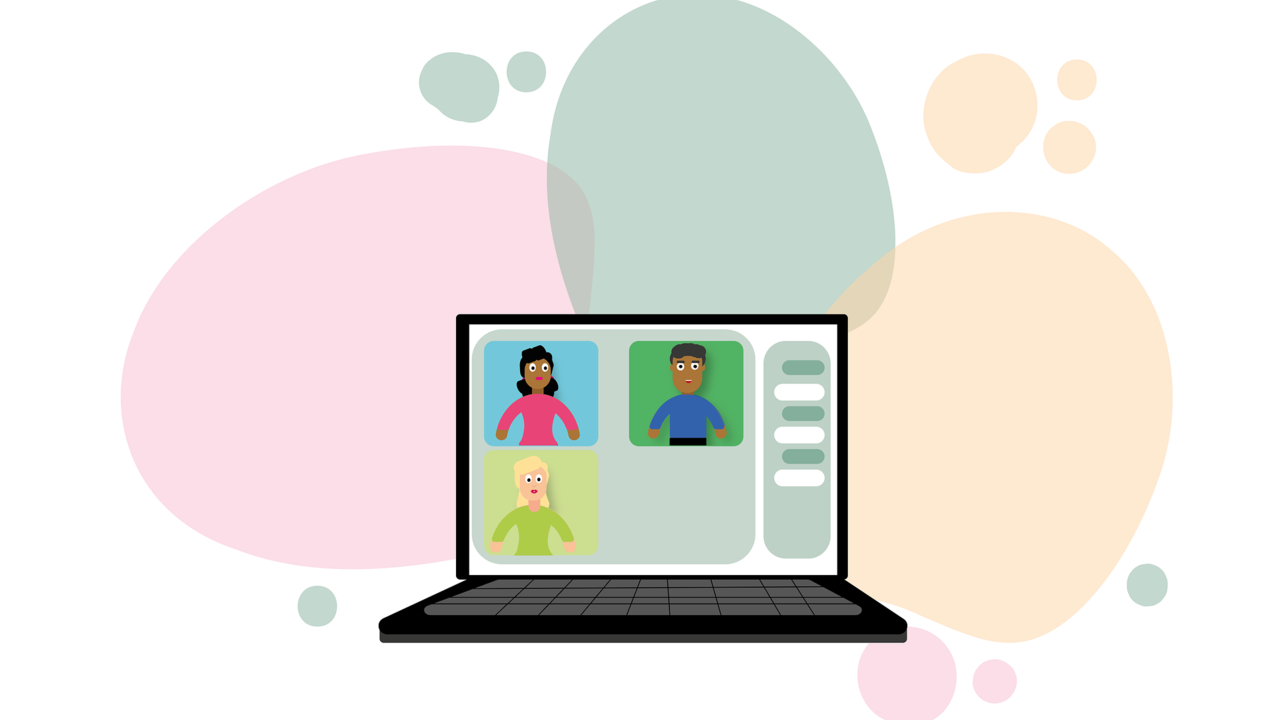Assigning Teams in Breakout Rooms

The Project GLAD® model embeds classroom, team, and individual management strategies that create interaction in the classroom. Students practice language with teams and partners. They move around the classroom to bring oxygen and glucose to the brain that stimulates thinking. Students are provided daily opportunities for decision making and problem solving. Respectful, interactive, language-rich classrooms are the result.
How can teachers move interactive management practices to an online setting?
In our GLAD® classrooms we create heterogenous mixed ability groupings of 3 or 4 students. These teams allow students to put heads together and share their thinking, listen to others’ thinking, reading, and problem solving, as well as come up with team responses for reporting out an answer.
When teaching in an online setting, the teacher would create a list of heterogenous grouped students, but instead of seating students together in a classroom setting, these students would participate in a breakout room together. It’s important that the teacher intentionally creates the teams and structures the interaction. This turns unproductive "digital recess" into interdependent cooperative learning teams.
Before students have entered the online classroom, the teacher will need some time to use their pre-created list of heterogenous teams and assign students to the team breakout rooms. Check the setting of your video conference platform for how to do this.
The first time students are in their teams (breakout rooms), they will decide who will be number 1, 2, 3, and 4 – just like in the regular classroom. Their next task is to rename themselves with an intentional pattern so you can easily see which teams are represented and who will be reporting out when you do numbered spoons. If Becky is number 2 from the red team, she would rename herself red-Becky-2. Behind the scenes, if the teacher sees that there are two #1s in a team, she’ll rename those students herself and assign a number so everyone can move on.


This numbering system allows a quick reference when calling on students for numbered spoons, and also gives a visual for grouping students in different ways for breakout rooms. If the teacher wants students to pair up for a 10/2 she can create additional breakout rooms for 2 people, instead of 4, and assign number the 1 and 2 students to a room and number 3 and 4 students to another room.
Thanks for reading. We’re rooting for you this year! You can do it!
Jody and Sara
P.S. This and other strategy modifications are discussed in the online coaching support membership site Path to Proficiency. November 9th is the deadline to sign up for the 2020-2021 school year! Check it out today!


